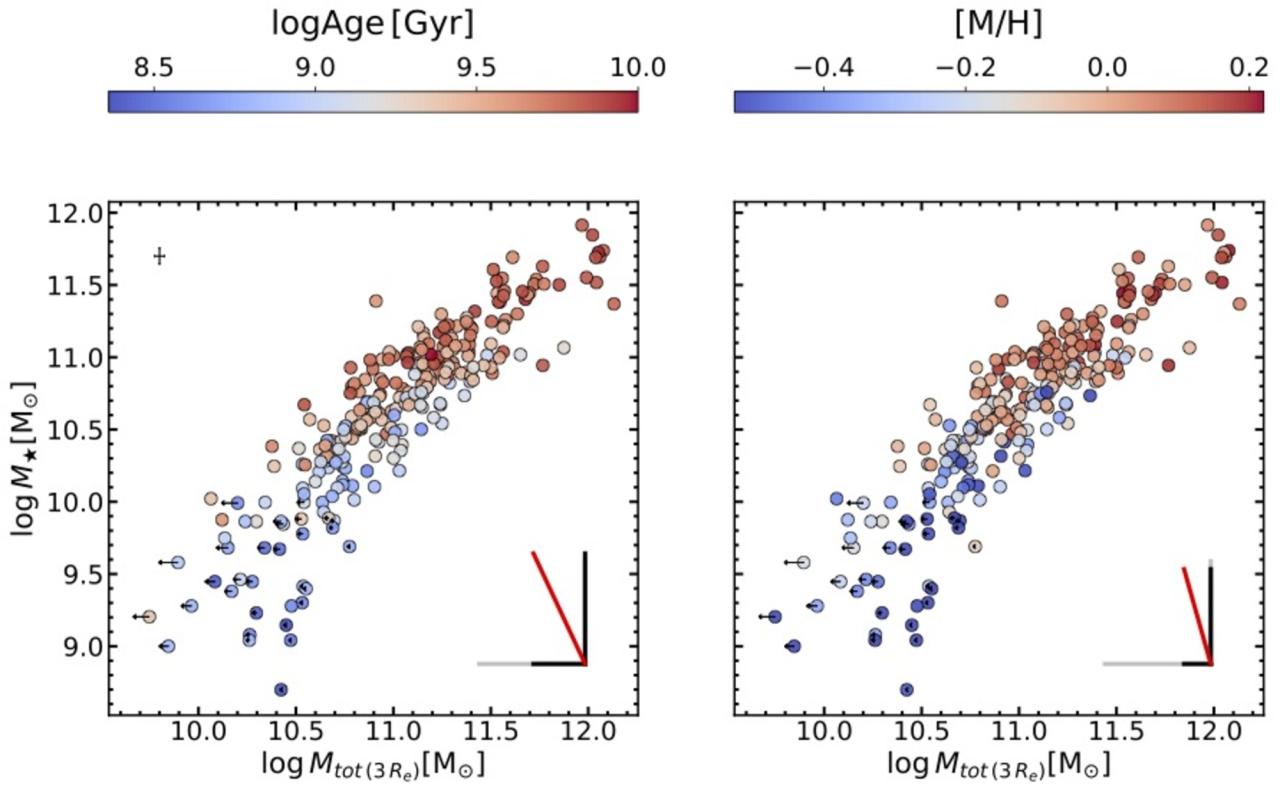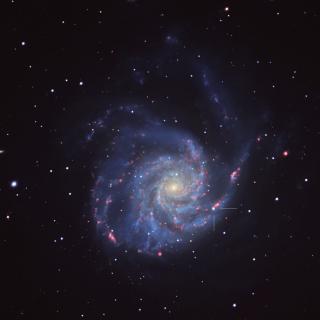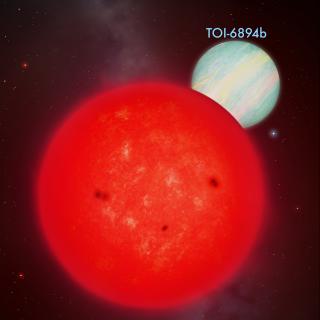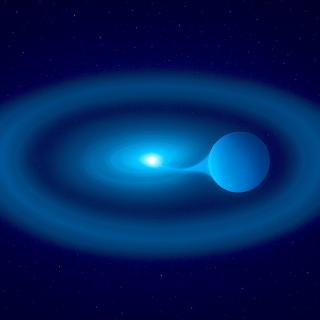Despite the fundamental role that dark matter halos play in our theoretical understanding of galaxy formation and evolution, the interplay between galaxies and their host dark matter halos remains highly debated from an observational perspective. This lack of conclusive observational evidence ultimately arises from the inherent difficulty of reliably measuring dark matter (halo) properties. Based on detailed dynamical modeling of nearby galaxies, in this work we proposed a novel observational approach to quantify the potential effect that dark matter halos may have in modulating galaxy evolution by exploring the relation between the total dynamical mass of galaxies and their dark matter content. We find that, at fixed stellar mass, the observed baryonic properties of galaxies in the CALIFA survey (ages, metallicities, specific angular momentum, star formation rate and morphology) have a secondary dependence on the total dynamical mass. We also find a suggestive relation between total dynamical mass and halo masses, both in observed and simulated galaxies. Our results indicate that the properties and formation pathways of dark matter halos may have a profound impact on the observed properties of galaxies.
Advertised on
Authors
Ignacio
Martín Navarro
Jesús
Falcón Barroso
Mariya Lyubenova
Glenn van de Ven
et al.
References



